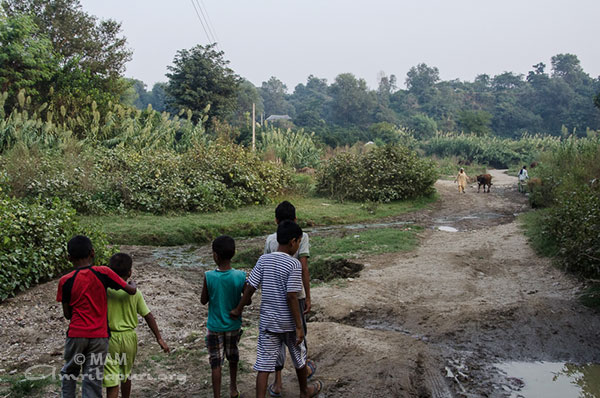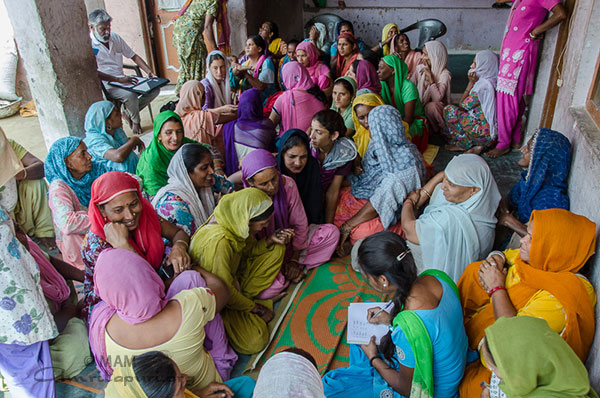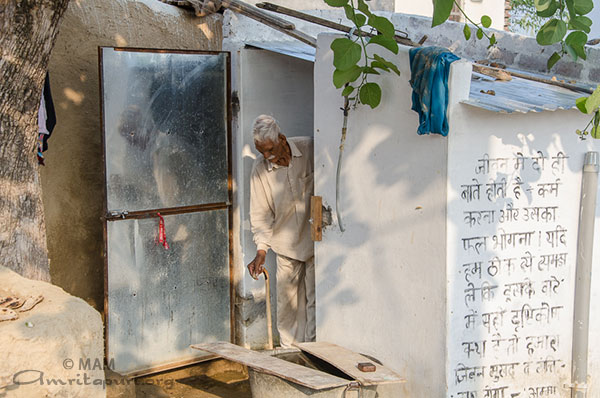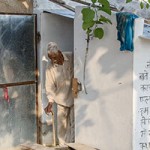Indhpur, Himachel Pradesh is a large rural village of 7000 people, in the first hills leading from the plains towards the Himalaya Mountains. I am here to observe Amma’s Sanitation and Toilet Building Projects.
This village is a mix of rich, poor, and everything in between. The narrow roads are cleaner, houses more well kept than in larger towns.I have not see any sign of malnutrition, families living in filth or temporary shelters. All in all, Indhpur is a very pleasant place.However, we estimate only 5% of homes have a toilet and there are no public toilets. So life continues here as it has for centuries. Each morning 7000 people walk down the hills to find a place in the open air.

We asked some boys to show us where. Taking a road downhill, we come to the bottom land. The ladies turn left and the gents turn right, and we are there.
This patch on the men’s side is more than 100 meters of gravel with feces everywhere. I can not imagine trying to navigate this mine field in the early morning light. Privacy, forget it. Rainy season, Oh My God!
Many in this village could have built their own toilet years ago. They simply choose not to, staying instead with the old traditions. That is why the health education component of Amma’s Sanitation Program is so important. Without education many of the toilets built would soon be abandoned or used as storage sheds.
***
In the spring of 2015, Amrita University offered the first Sanitation Program for the women of Indhpur. A batch is normally 10 to 12, but only four ladies joined. Why so few? Mostly it was distrust. Who were we? Would they actually get toilets? Others had made promises, but not delivered. What would the toilets look like?But also, very few people in this village were convinced they actually needed toilets.

Our four lady students completed four toilets in one month. Once people saw the finished toilets, minds started to change. Health education classes were held to show the dangers of poor sanitation.This week, a meeting was held to fill the second batch of the Toilet Building Class. Sixty women signed up, far more than can be accommodated.

Indhpur needs more than 500 toilets. With the Amrita model of teaching ladies the skills to build a toilet, there will soon be enough trained workers to accomplish this goal. The income they earn will be very welcome in their families and hopefully, some ladies will become established in their own businesses.
– Scotti



Leave a Reply
You must be logged in to post a comment.